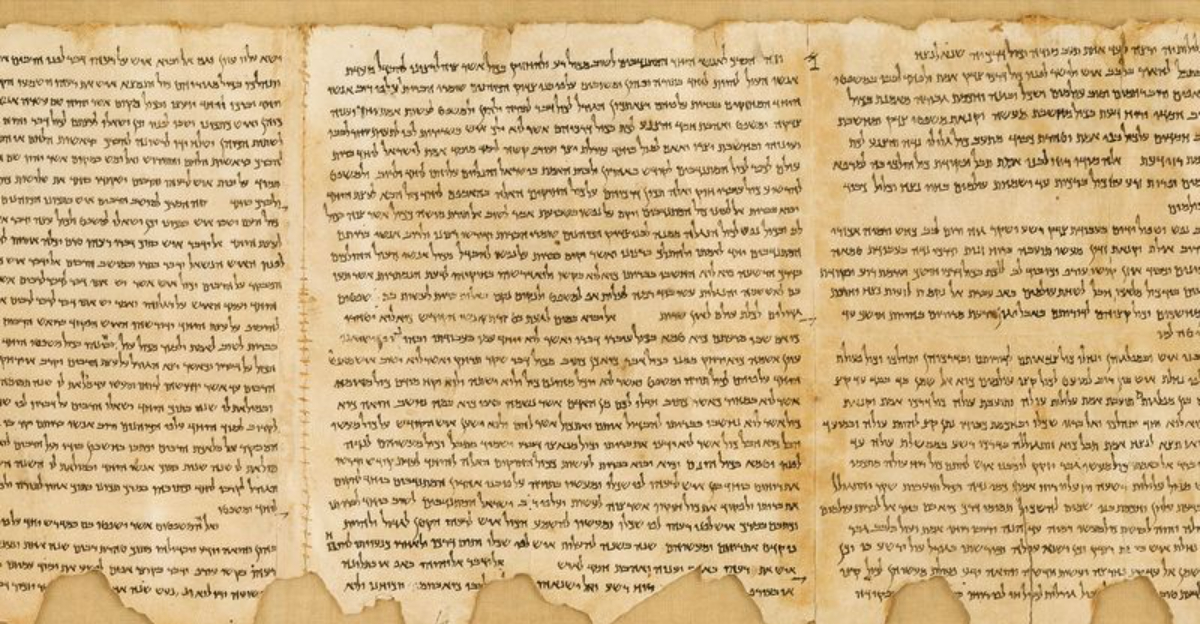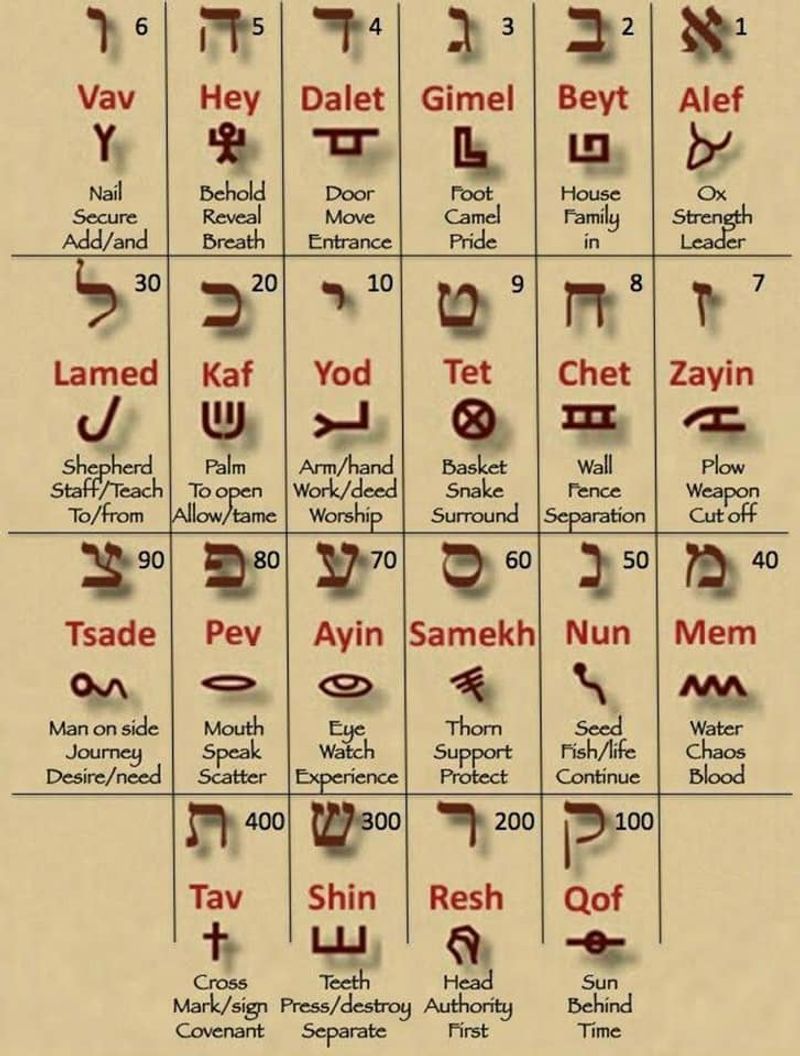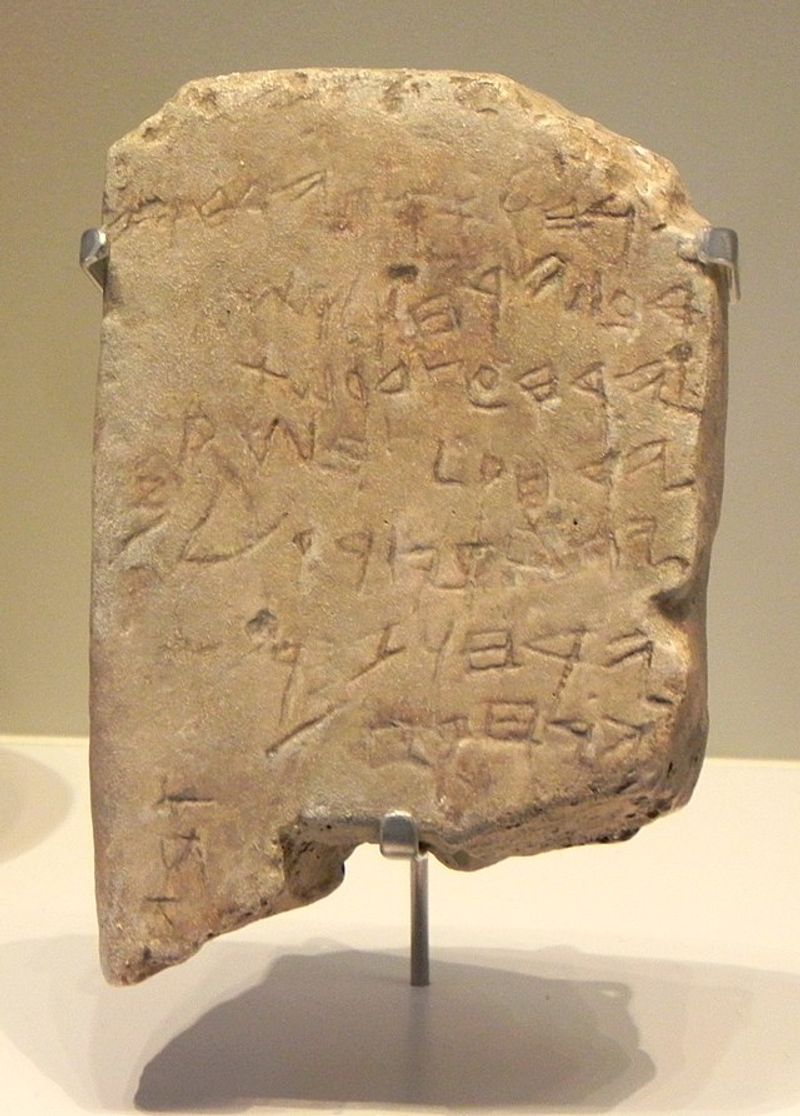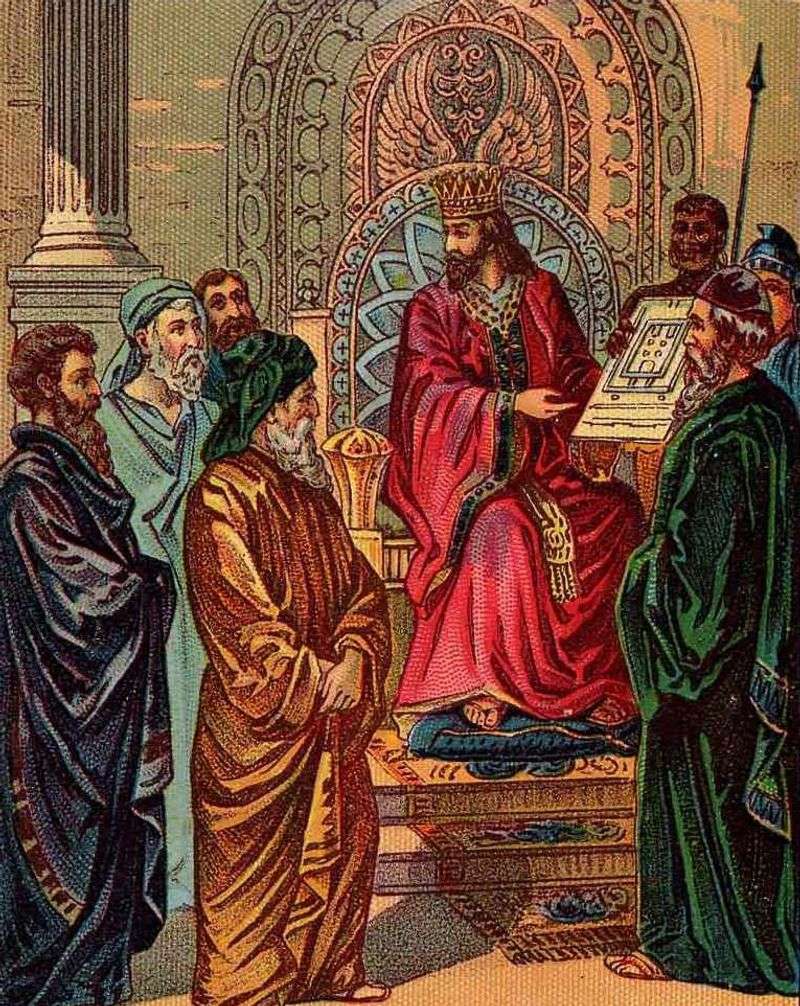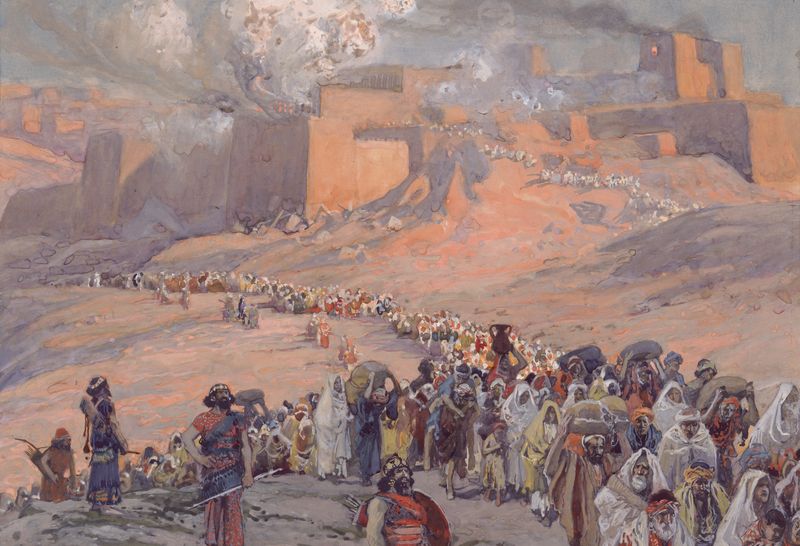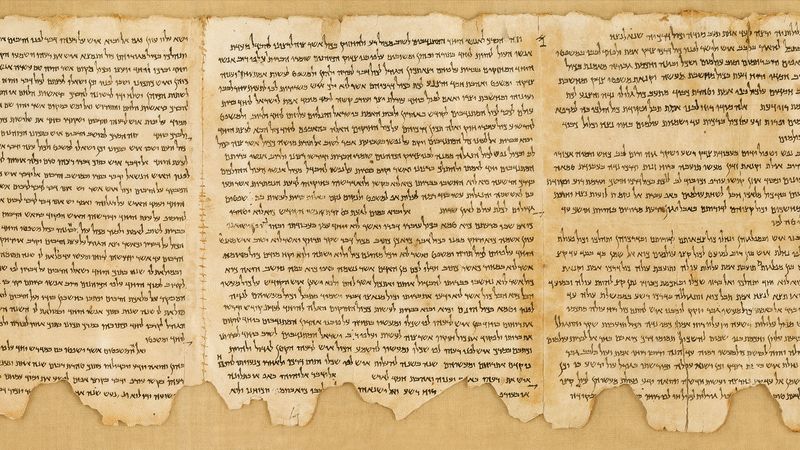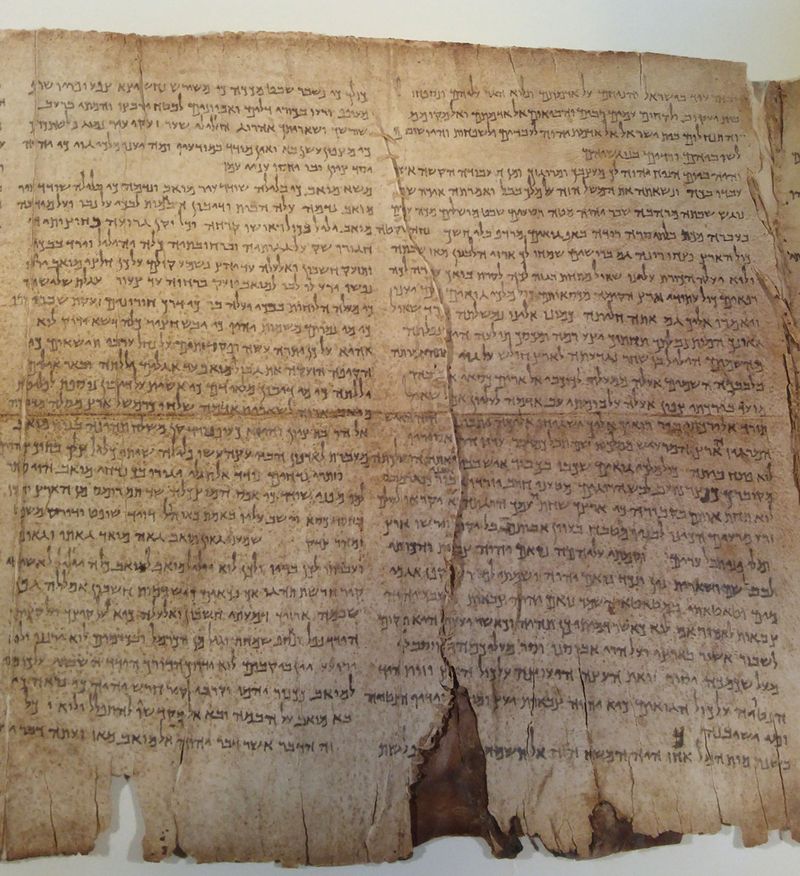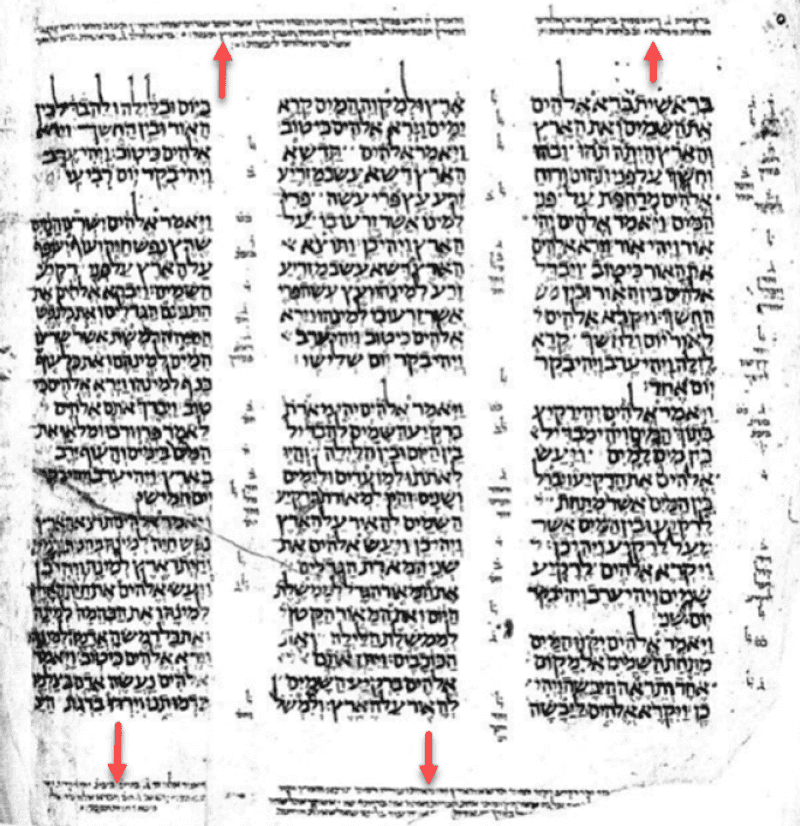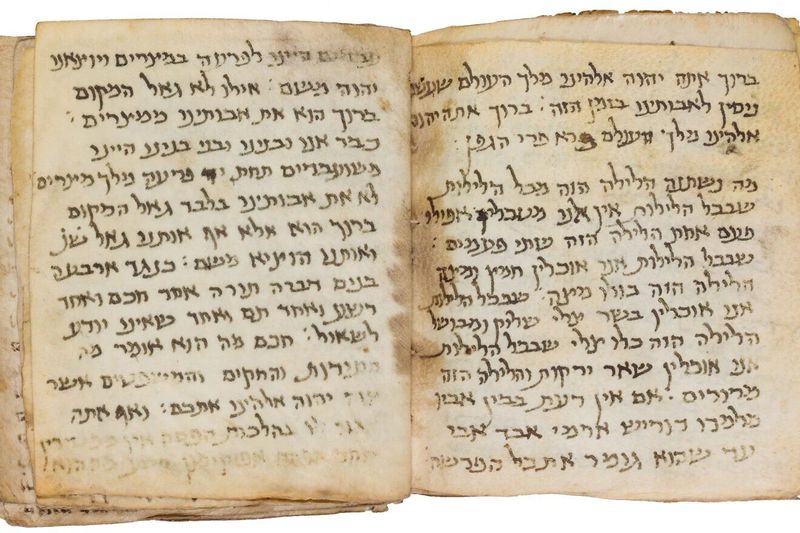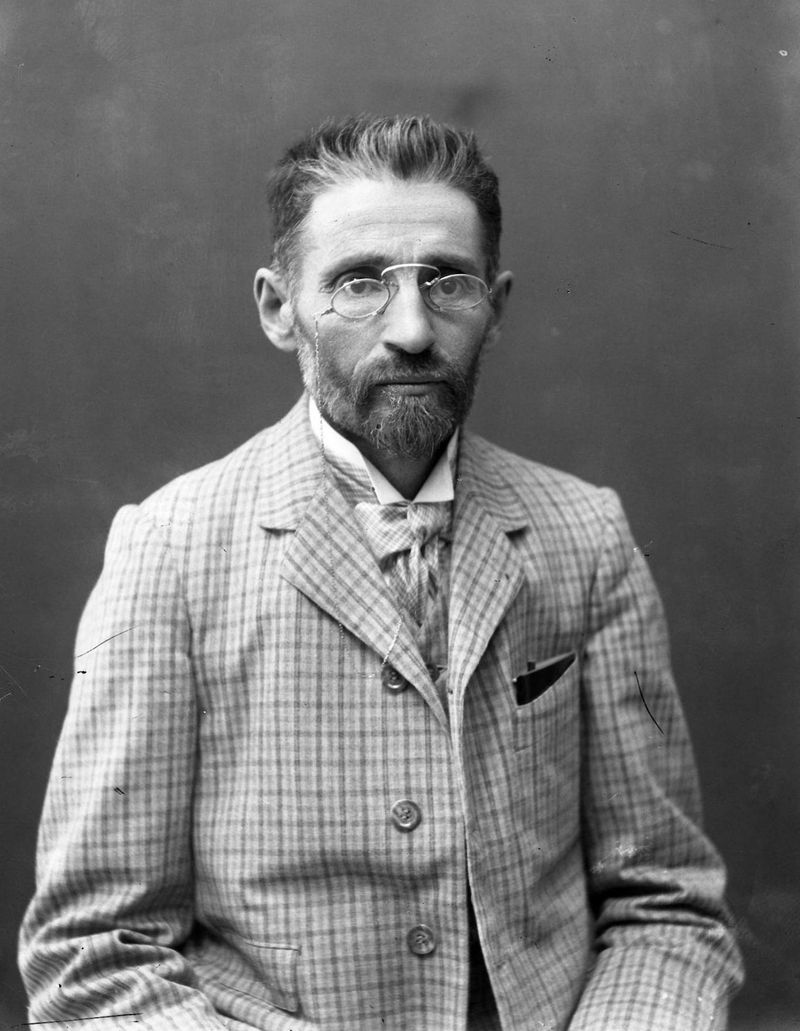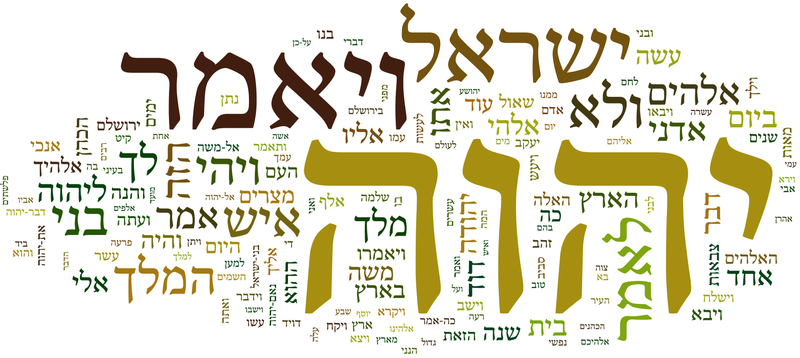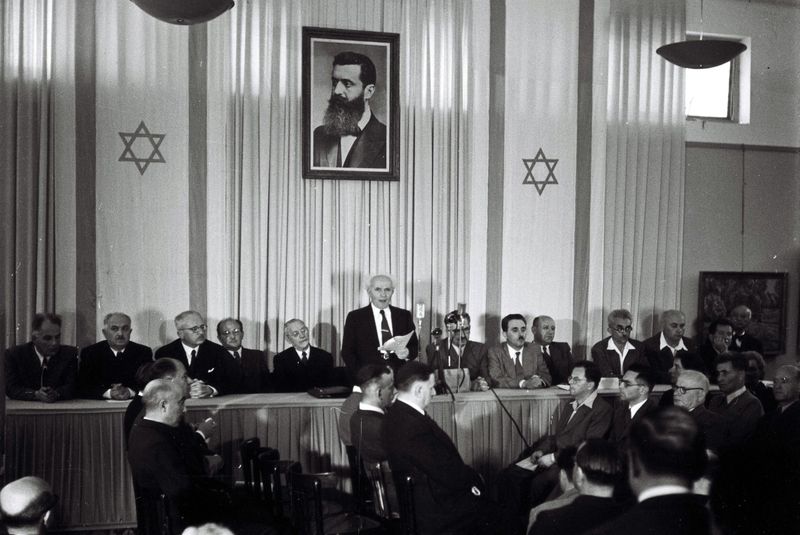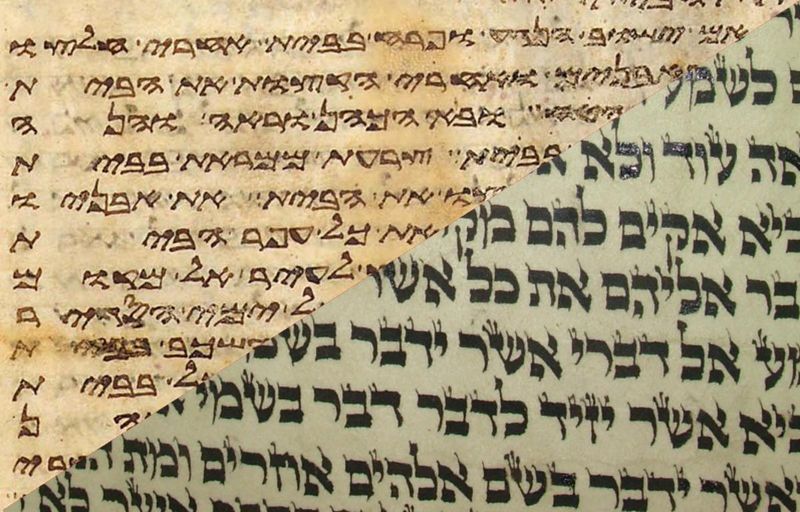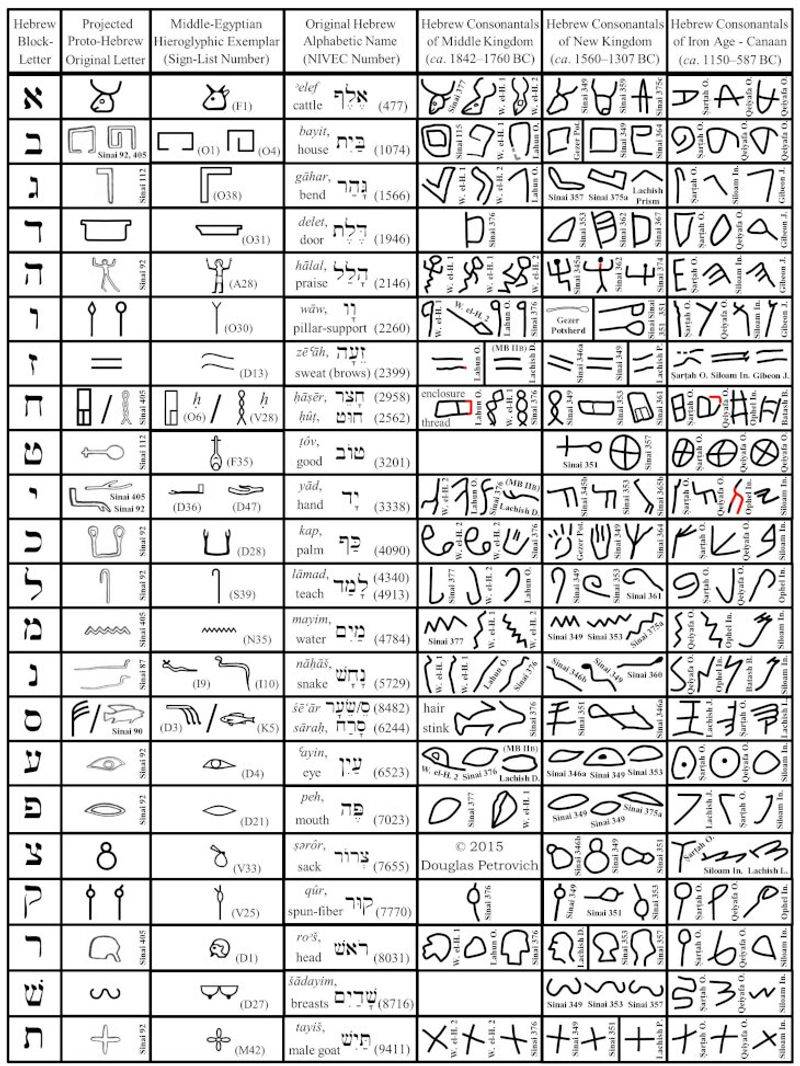Hebrew carries secrets from thousands of years ago, making it one of the most mysterious languages in human history. Ancient scrolls, forgotten scripts, and amazing discoveries tell us incredible stories about how this language survived through time.
From ancient kingdoms to modern Israel, Hebrew has traveled an amazing journey that few languages have ever experienced. Get ready to explore the hidden mysteries behind one of the world’s most fascinating languages.
1. Ancient Family Connections Run Deep
Hebrew belongs to a special family of languages called Northwest Semitic, sharing close relationships with Phoenician, Moabite, and Aramaic. Think of these languages like cousins who grew up in the same neighborhood thousands of years ago.
Ancient people who spoke these languages could probably understand each other pretty well, just like how Spanish and Italian speakers today can sometimes figure out what the other is saying. Phoenician traders sailing across the Mediterranean Sea used words that sounded similar to Hebrew words spoken in ancient Israel.
This language family connection helps scientists understand how Hebrew developed its unique sounds and grammar rules over many centuries.
2. The Gezer Calendar Holds Ancient Secrets
Imagine finding a 3,000-year-old calendar that still makes sense today! The Gezer Calendar, dating back to the 10th century BCE, represents the earliest known written Hebrew text ever discovered.
This small limestone tablet lists farming activities for each month, showing how ancient Hebrew speakers organized their agricultural year. Archaeologists found it in the ancient city of Gezer, giving us a precious glimpse into daily life during biblical times.
The calendar proves that Hebrew writing existed during the time of King David and King Solomon, making it incredibly valuable for understanding ancient Jewish history and language development.
3. Paleo-Hebrew Looked Completely Different
Ancient Hebrew writing looked nothing like the Hebrew letters we see today! Paleo-Hebrew script closely resembled Phoenician writing, with curved lines and shapes that seem almost foreign to modern Hebrew readers.
Picture trying to read your favorite book written in completely different letters – that’s what happened to Hebrew writing over thousands of years. The ancient script had flowing, artistic letters that looked more like ancient Egyptian hieroglyphs than today’s square Hebrew letters.
Archaeological discoveries show Paleo-Hebrew on coins, seals, and stone inscriptions, proving how dramatically writing systems can change while the language itself continues growing and evolving.
4. Royal Language of Ancient Kingdoms
Hebrew served as the official spoken language during the golden age of ancient Israel, particularly during the united monarchy period from 1000 to 922 BCE. Kings David and Solomon conducted royal business in Hebrew, making it the language of power and prestige.
Palace scribes wrote important documents in Hebrew, while merchants used it for trading agreements throughout the kingdom. Common people spoke Hebrew in their daily conversations, from marketplace bargaining to family discussions around dinner tables.
This period represents Hebrew’s peak as a living, breathing language of an entire nation, before historical events would later change its role significantly.
5. Babylonian Exile Changed Everything
Everything changed for Hebrew after the Babylonian Exile in the 6th century BCE, when thousands of Jewish people were forced to leave their homeland. Aramaic became the new everyday language, while Hebrew retreated into religious and ceremonial use.
Imagine suddenly having to speak a different language for shopping, work, and daily conversations, while keeping your original language only for prayers and special occasions. This dramatic shift marked a turning point in Hebrew’s history.
Despite losing its role as a spoken language, Hebrew remained incredibly important for religious study, keeping the language alive through centuries of foreign rule and cultural changes.
6. Dead Sea Scrolls Preserve Ancient Mysteries
Hidden in desert caves for over 2,000 years, the Dead Sea Scrolls contain amazing Hebrew texts that show how the language continued thriving even when most people stopped speaking it daily.
These ancient manuscripts, dating from the 2nd century BCE to the 1st century CE, include biblical books, prayers, and community rules written in beautiful Hebrew script. Scholars were amazed to discover how well-preserved the language remained during this period.
The scrolls prove that Hebrew never truly disappeared, continuing to serve as a literary and religious language even when Aramaic dominated everyday conversation throughout the ancient Middle East.
7. Biblical Hebrew Evolved Through Time
Hebrew didn’t stay the same throughout biblical times – it actually changed and developed like a living organism! Scholars identify three main stages: Archaic Biblical Hebrew, Standard Biblical Hebrew, and Late Biblical Hebrew.
Early Hebrew sounds different from later Hebrew, similar to how Shakespeare’s English differs from modern English. Each period brought new vocabulary, grammar changes, and different ways of expressing ideas.
Understanding these stages helps Bible scholars figure out when different parts were written and how the language adapted to changing times and circumstances throughout ancient Jewish history.
8. Masoretes Saved Hebrew Pronunciation
Between the 6th and 10th centuries CE, dedicated Jewish scholars called Masoretes performed an incredible rescue mission for Hebrew pronunciation. They added tiny dots and lines called vowel points to preserve exactly how Hebrew should sound.
Without these vowel marks, Hebrew writing only showed consonants, making pronunciation guesswork for future generations. The Masoretes created the Tiberian vocalization system, still used in Hebrew Bibles today.
Their careful work ensured that Hebrew prayers, songs, and biblical readings would sound the same way for centuries to come, preserving an ancient language’s authentic voice for modern times.
9. Hebrew Never Truly Died
Contrary to popular belief, Hebrew never completely disappeared from daily use! Throughout the Middle Ages, Jewish communities worldwide continued using Hebrew for prayers, religious studies, and poetry.
Rabbis wrote important legal discussions in Hebrew, while poets created beautiful Hebrew verses expressing love, loss, and hope. Jewish scholars across Europe, North Africa, and the Middle East maintained Hebrew as their scholarly language.
This continuous use meant Hebrew remained a living language of the heart and mind, even when people used other languages for buying groceries or chatting with neighbors in their local communities.
10. Ben-Yehuda’s Amazing Revival Mission
Eliezer Ben-Yehuda accomplished something almost impossible in the late 19th century – he helped bring Hebrew back to life as a spoken language! This determined man created thousands of new Hebrew words for modern life.
Ben-Yehuda invented Hebrew words for “newspaper,” “bicycle,” “ice cream,” and countless other modern concepts that didn’t exist in ancient times. He even insisted his family speak only Hebrew at home, making his son the first native Hebrew speaker in centuries.
His passionate work laid the foundation for Hebrew’s transformation from an ancient religious language into a modern tool for everyday communication in the developing Jewish homeland.
11. Modern Hebrew Mixes Many Influences
Today’s Hebrew sounds different from ancient Hebrew because it borrowed words and sounds from many languages! Modern Hebrew uses Sephardic pronunciation as its base, but includes influences from Yiddish, Arabic, English, and Slavic languages.
Jewish immigrants to Israel brought words from their home countries, creating a rich linguistic mixture. Russian speakers contributed some sounds, while Arabic speakers influenced others, making modern Hebrew a true melting pot language.
This blending created a unique language that connects ancient traditions with modern international communication, allowing Hebrew speakers to express both timeless Jewish concepts and contemporary global ideas.
12. Hebrew Becomes Israel’s Official Language
In 1948, when Israel became an independent nation, Hebrew officially became the country’s primary language, marking an incredible comeback story in linguistic history.
Suddenly, Hebrew transformed from a mainly religious language into the language of government, schools, newspapers, and street conversations. Children learned math in Hebrew, doctors discussed treatments in Hebrew, and radio broadcasters delivered news in Hebrew.
This official status meant Hebrew had to quickly develop vocabulary for every aspect of modern life, from scientific research to sports commentary, making it one of the fastest-growing languages of the 20th century.
13. Nine Million People Speak Hebrew Today
Hebrew’s revival story reached amazing success – today over 9 million people speak Hebrew as their primary or secondary language! Most live in Israel, but Hebrew speakers can be found worldwide.
Children grow up speaking Hebrew naturally, using it for everything from ordering pizza to discussing complex scientific theories. Hebrew universities conduct research in Hebrew, while Hebrew social media connects young people across different countries.
This number continues growing as more people learn Hebrew for religious study, cultural connection, or business opportunities, proving that ancient languages can successfully adapt to modern global communication needs.
14. Square Letters Came from Aramaic
The Hebrew alphabet used today actually descended from Aramaic script, not the original Paleo-Hebrew writing system! This change happened during the Second Temple period, when Jewish communities adopted the more popular Aramaic letter shapes.
These square, blocky letters that we recognize as “Hebrew” today were originally foreign imports that gradually replaced the ancient curved Hebrew script. The transition took several centuries to complete.
This adoption shows how languages constantly evolve and adapt to their surroundings, borrowing useful elements from other cultures while maintaining their essential character and meaning throughout historical changes.
15. Three-Letter Roots Create Word Families
Hebrew’s root-based structure works like a magical word-building system! Most Hebrew words come from three-letter roots that create entire families of related words with similar meanings.
For example, the root K-T-V relates to writing, creating words like “katav” (he wrote), “kitav” (writing), and “katvan” (reporter). This system helps Hebrew speakers understand new words by recognizing familiar root patterns.
This unique structure makes Hebrew incredibly efficient for creating new vocabulary, allowing the language to grow and adapt quickly to modern needs while maintaining connections to its ancient linguistic heritage.
